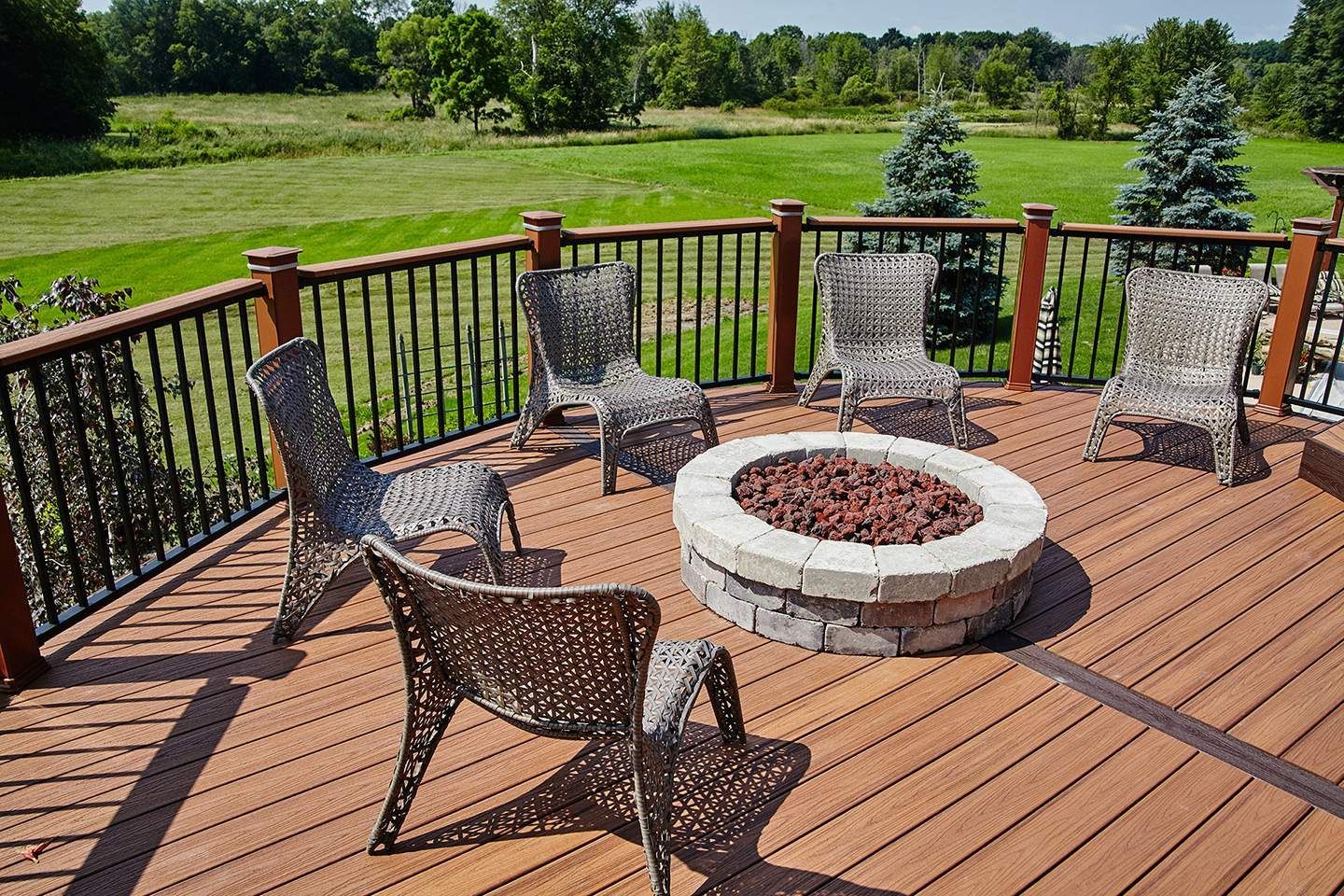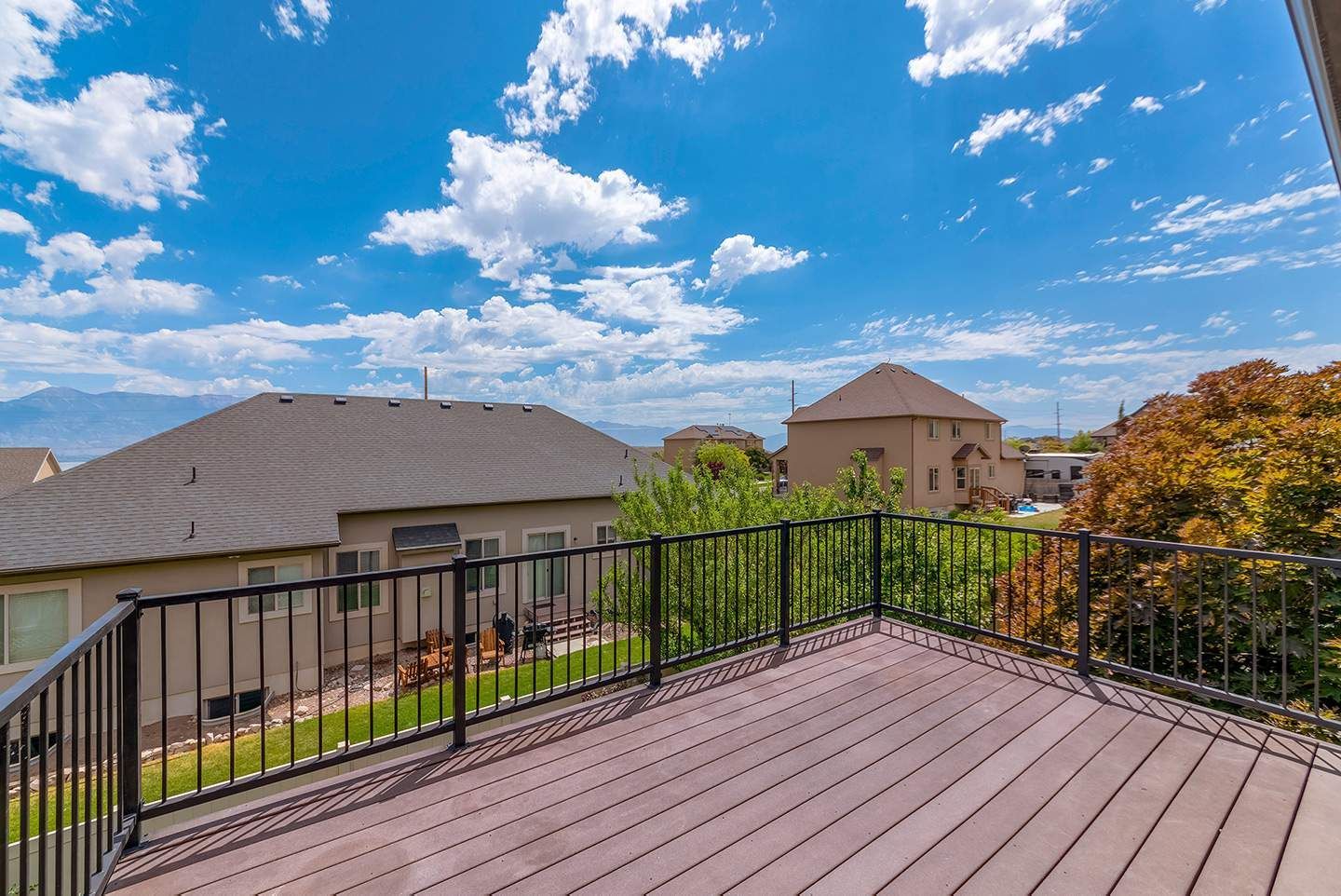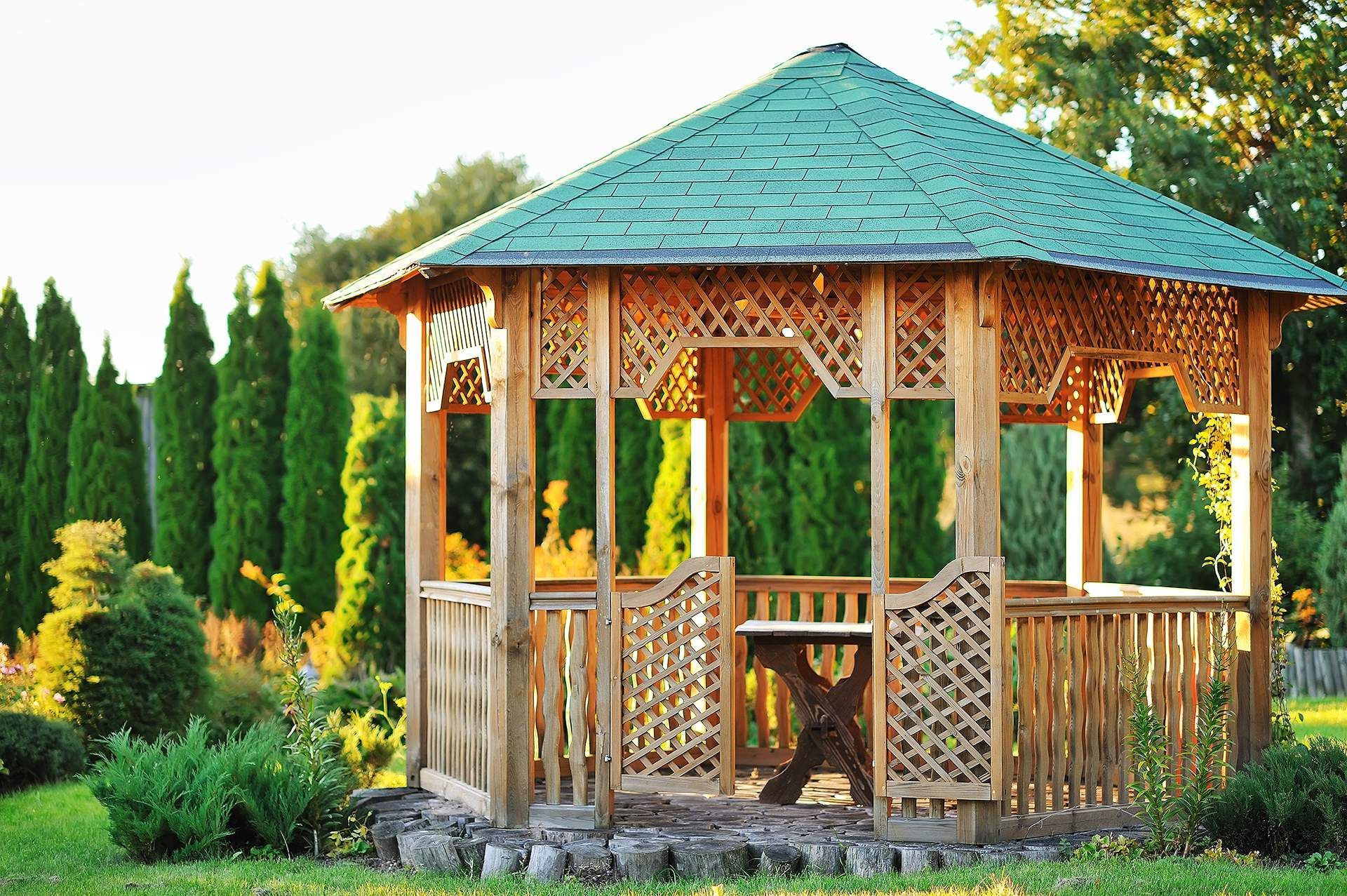How to Design a Low-Maintenance Deck for Wisconsin Weather
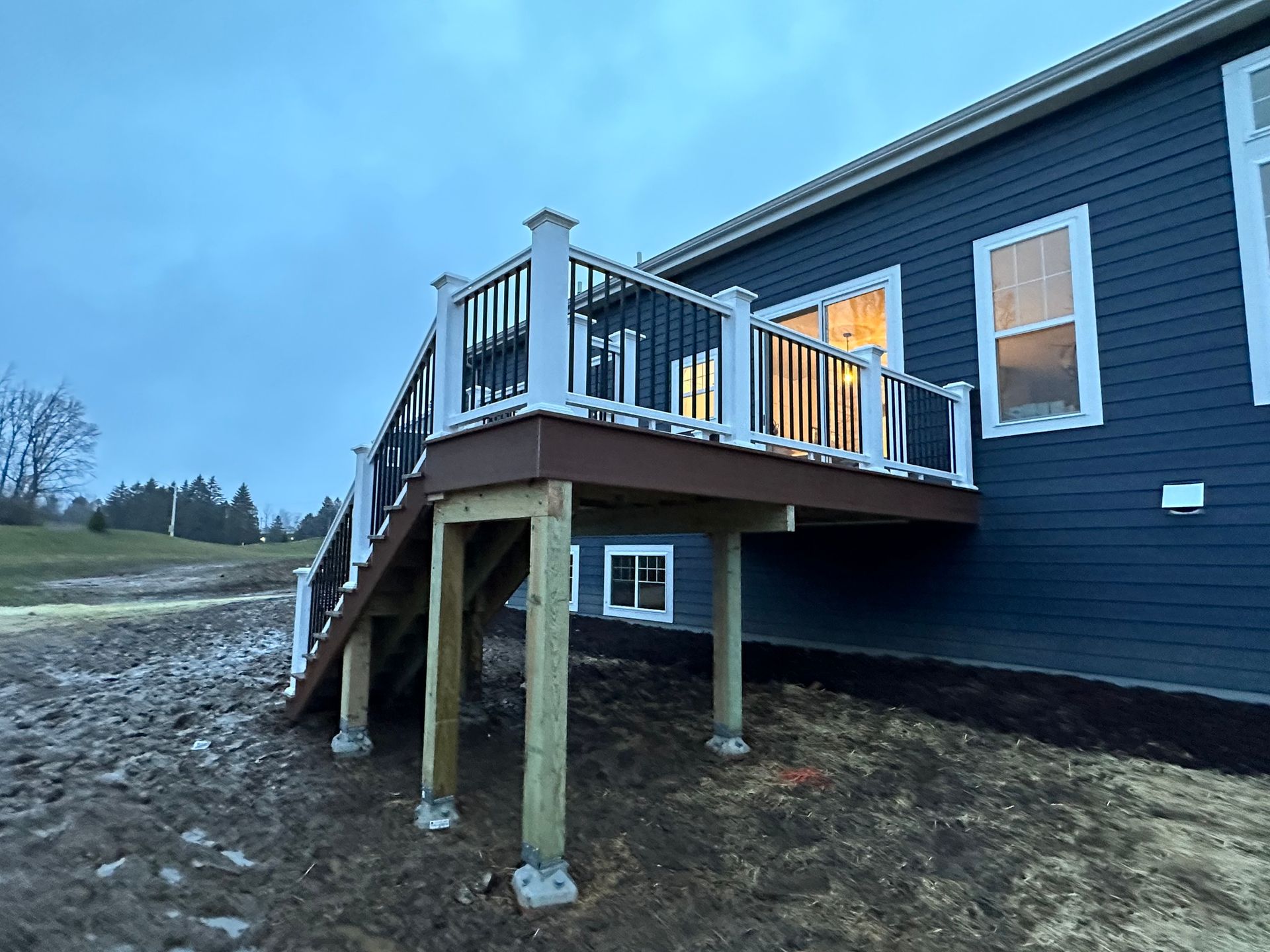
Table of Contents
- The Real Challenge: Wisconsin’s Wild Weather
- Why Low-Maintenance Deck Design Starts with Smart Planning
- The Best Deck Materials for Wisconsin Homes
- Weather-Resistant Decking Options That Actually Last
- Our Design Secrets for Reducing Maintenance Hassles
- A Practical Guide to Year-Round Deck Care
- Understanding the Cost and Long-Term Value
- Expert Tips from Local Deck Builders
Key Takeaways
- A low-maintenance deck saves you time, energy, and repair costs by standing up to Wisconsin’s unpredictable climate.
- Choosing the right deck materials for Wisconsin—like composite or PVC—prevents warping, cracking, and fading.
- Thoughtful design details such as proper drainage, layout, and railing selection help create truly weather-resistant decking.
- With smart planning and professional help, your deck can look great season after season with minimal effort.
The Real Challenge: Wisconsin’s Wild Weather
If you’ve lived in Wisconsin long enough, you already know what we’re up against. One day it’s 85 degrees and humid, and the next week it’s frost on the grass and wind that cuts right through your jacket. Those seasonal swings are tough on more than just people — they’re brutal on decks.
We’ve seen it all over the years: cedar boards splitting after a harsh freeze, stains peeling away before summer’s halfway over, railings warped by ice melt. It’s frustrating when you invest in something beautiful, only to spend every spring sanding, sealing, and re-staining. That’s exactly why low-maintenance deck design has become such a game-changer for Wisconsin homeowners.
A deck should be a place to relax — not another weekend project that never seems to end. The good news? With the right approach and weather-resistant decking, you can have a space that stands strong through every storm, every thaw, and every backyard barbecue.
Why Low-Maintenance Deck Design Starts with Smart Planning
Designing a low-maintenance deck doesn’t start with picking colors or railing styles — it starts with understanding your environment and lifestyle. We always tell homeowners: the more thought you put into the design upfront, the less work you’ll have to do later.
When we visit a property, we look at how the house sits on the lot, where sunlight hits during the day, and how water drains after a rainstorm. These small details affect everything from deck materials in Wisconsin to long-term maintenance needs.
If your backyard faces north, for example, your deck may stay damp longer after rain or snow. That’s a perfect recipe for mold on wood decking. In that case, we’d recommend composite or PVC materials designed to resist moisture and mildew. On the other hand, if your deck faces south and gets plenty of sun, we focus on weather-resistant decking that won’t fade or overheat.
Good design doesn’t just make your deck look great — it makes it last.
The Best Deck Materials for Wisconsin Homes
Material selection can make or break a deck in our climate. We’ve rebuilt too many wooden decks that just couldn’t handle the freeze-thaw cycle. The problem isn’t just the temperature — it’s the combination of moisture, salt, and UV exposure that slowly eats away at traditional lumber.
Let’s break down what actually holds up here in Wisconsin:
Composite Decking
If there’s one material we recommend more than any other, it’s composite. It has the classic look of wood but doesn’t absorb moisture or require annual refinishing.
We’ve installed composite decks that look just as good ten years later as the day they were built — no cracks, no splinters, no warping. The boards don’t fade quickly either, which is a major plus when you’re dealing with strong summer sunlight.
Another big advantage? Cleaning is simple. A quick rinse with the garden hose and mild soap gets rid of dirt and pollen. No sanding, no staining — ever. That’s what we call truly low-maintenance decking.
PVC (Vinyl) Decking
PVC decking has grown in popularity for homeowners who want an even lighter and more water-resistant option. Since it’s 100% synthetic, it doesn’t hold moisture at all. You won’t deal with mildew, rot, or swelling during wet seasons.
The color options are excellent, too — realistic grain textures that resemble natural wood but hold up far better in Wisconsin’s humidity and snow.
We often recommend PVC for lakeside properties or homes with shaded yards where moisture tends to linger.
Aluminum Decking
This one surprises a lot of people, but aluminum decking is an incredible option for durability. It’s lightweight, cool to the touch even on hot days, and completely impervious to rust or rot.
The upfront cost is higher, but the lifespan can exceed 30 years. We’ve seen aluminum decks installed over a decade ago that still look practically new. If you’re after the ultimate weather-resistant decking, aluminum deserves a serious look.
Weather-Resistant Decking Options That Actually Last
Once you’ve picked your base material, there are still choices that affect how “low-maintenance” your deck will truly be.
For example, fasteners. We use hidden fastener systems instead of surface screws whenever possible. Not only does it give your deck a cleaner, modern look, but it also prevents rust stains and keeps moisture out of screw holes.
Railings matter, too. Aluminum or composite railings won’t warp or peel, and they stay solid through the constant freeze-thaw cycle. Wooden railings, while charming, tend to need repainting or sealing every year or two — and that’s time most homeowners would rather spend enjoying the space.
We also encourage using lighter-colored decking boards. They reflect sunlight better, resist fading, and stay cooler underfoot during hot summers. It’s a small design decision that makes a big difference in comfort and longevity.
Our Design Secrets for Reducing Maintenance Hassles
We’ve learned over time that smart design can save hours of future maintenance. Here are a few strategies we rely on for every low-maintenance deck we build across Wisconsin:
Keep it Simple.
Overly complicated shapes and multi-level layouts may look impressive, but they create more edges and seams where debris can collect. A cleaner layout not only looks timeless but is easier to sweep and rinse off.
Build for Drainage.
Water is the biggest enemy of any deck. We slightly slope the boards away from the house to encourage runoff and use under-deck drainage systems when needed. That way, meltwater doesn’t pool or freeze around supports.
Skip the Wood Steps.
If you’ve ever had wooden stairs, you know they’re the first to rot. We use composite or aluminum steps that handle snow, salt, and moisture far better.
Integrate Smart Features.
We love adding built-in benches or planters made from the same weather-resistant decking material. They reduce clutter, add comfort, and eliminate the need for separate furniture that often requires upkeep.
These design touches come from experience — from seeing what fails and what lasts in our local conditions.
A Practical Guide to Year-Round Deck Care
“Low-maintenance” doesn’t mean “no maintenance.” Even the best decks appreciate a little attention now and then. Luckily, it’s a simple routine.
Spring:
Give your deck a gentle wash to remove any grime left by melting snow. Inspect fasteners and railings. If you have composite decking, this is also the time to clear debris from between boards so water drains freely.
Summer:
A quick rinse is usually enough to keep the surface looking sharp. If you’re hosting cookouts, wipe up spills soon after — composite and PVC resist stains well, but it never hurts to stay ahead.
Fall:
Before the first freeze, sweep away leaves and dirt. Anything organic left sitting on the boards can stain over time.
Winter:
When it snows, use a plastic shovel or broom. Metal shovels can scratch composite or PVC surfaces. And avoid salt products unless they’re rated safe for your decking type.
For more upkeep advice, check out our guide on how to maintain your deck. Following this simple rhythm ensures your deck stays fresh and ready to enjoy year after year.
Understanding the Cost and Long-Term Value
Let’s talk honestly about cost — because it’s one of the first questions we hear.
Yes, composite, PVC, and aluminum decks cost more upfront than pressure-treated wood. But when you factor in years of staining, sanding, and replacing warped boards, the numbers tell a different story.
We’ve had clients who spent thousands maintaining an older wood deck, only to replace it within 12 years. A composite deck, on the other hand, can last twice that long with only basic cleaning.
In the long run, low-maintenance decking isn’t just easier — it’s smarter financially. And in Wisconsin, where weather constantly tests your materials, it’s a peace-of-mind investment.
Expert Tips from Local Deck Builders
After working on decks all across southeastern Wisconsin — from lakefront homes to suburban backyards — we’ve learned a few lessons worth sharing:
- Mind the microclimate.
A deck in Milwaukee’s lake breeze behaves differently than one in inland Waukesha. Always consider local moisture and wind patterns. - Don’t forget shade.
Adding a pergola or covered section reduces UV wear and keeps composite colors rich longer. - Skip cheap fasteners.
Stainless steel or hidden clips might cost a bit more, but they prevent rust streaks that ruin the look of a new deck. - Add ventilation underneath.
Airflow beneath the deck helps boards dry faster and prevents long-term moisture damage. - Choose local professionals.
Lakeside Deck Builders know exactly what materials survive our winters and how to build decks that last.
Every deck we build is backed by that hands-on experience — the kind that comes from years of trial, error, and success through countless Wisconsin winters.
Key Takeaways
Designing a low-maintenance deck in Wisconsin is all about balance — beauty meets durability, comfort meets practicality. When you invest in quality deck materials for Wisconsin and smart, weather-conscious design, your outdoor space becomes something you enjoy year-round instead of something you have to manage.
Our advice? Build it once, build it right, and enjoy it for decades.
If you’re ready to design a deck that fits your lifestyle and stands up to Wisconsin’s toughest weather, contact us today.
We’re Lakeside Deck Builders — your local experts in weather-resistant decking, helping Wisconsin homeowners build outdoor spaces that last as beautifully as they look.
Frequently Asked Questions
What makes a low-maintenance deck ideal for Wisconsin weather?
We recommend low-maintenance decks because they handle Wisconsin’s freeze-thaw cycles without warping or cracking. Using composite or PVC materials ensures your deck stays beautiful year-round with minimal cleaning and no need for constant sealing or staining.
Which deck materials work best in Wisconsin’s climate?
We’ve found that composite, PVC, and aluminum deck materials perform best in Wisconsin. They resist moisture, salt, and temperature swings far better than wood, making them durable, long-lasting, and perfect for low-maintenance outdoor living.
How do we keep our deck weather-resistant all year?
To keep your deck weather-resistant, we use materials built for moisture and UV protection, combined with smart drainage and ventilation. With the right design and materials, your deck can stand up to Wisconsin’s toughest seasons without extra upkeep.
Is a low-maintenance deck more expensive to build?
Yes, a low-maintenance deck can cost more upfront, but it saves money long-term. Since you won’t need to repaint, reseal, or replace boards often, the investment in quality weather-resistant decking pays off with years of hassle-free enjoyment.
How often should we clean or maintain our deck?
We suggest light cleaning once each season. A simple rinse and mild soap keep your low-maintenance deck looking great. Because we use durable deck materials for Wisconsin weather, you won’t need to sand, stain, or seal like traditional wood decks.
